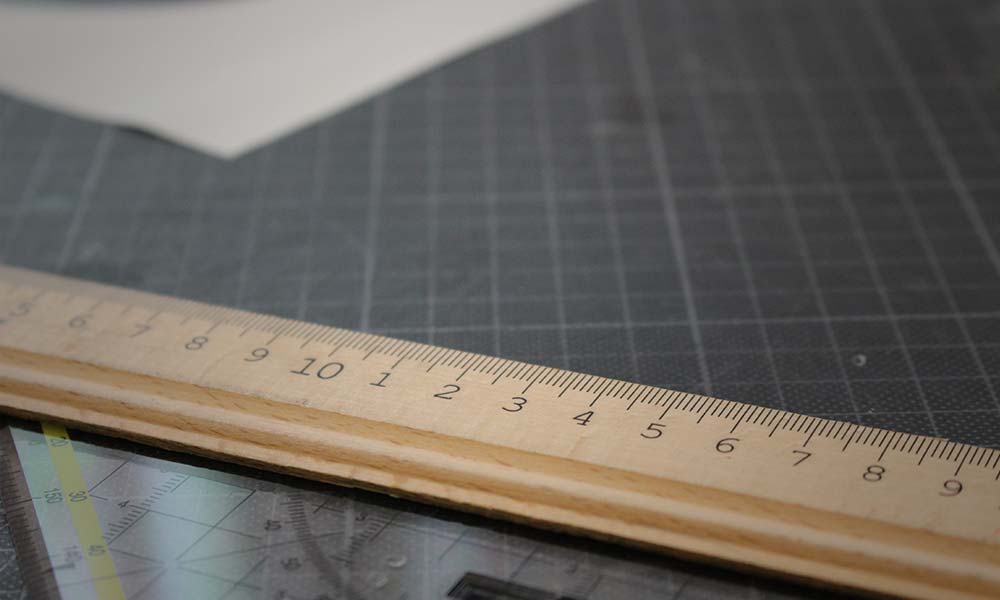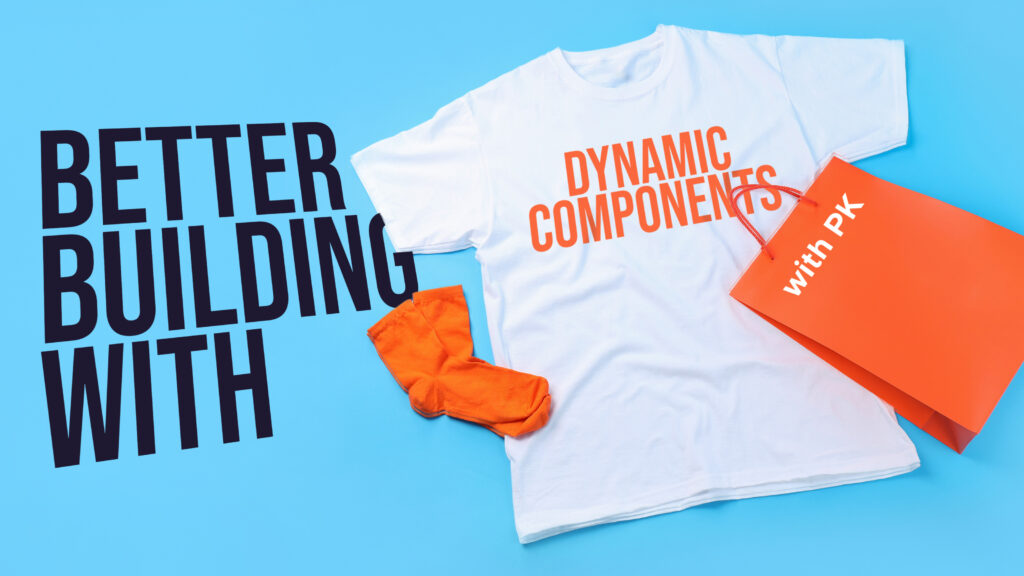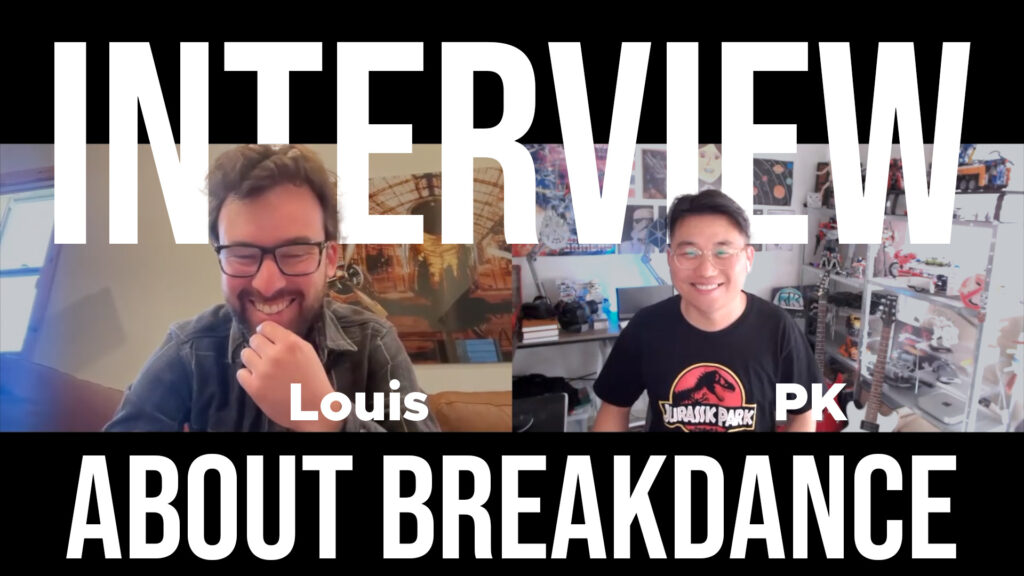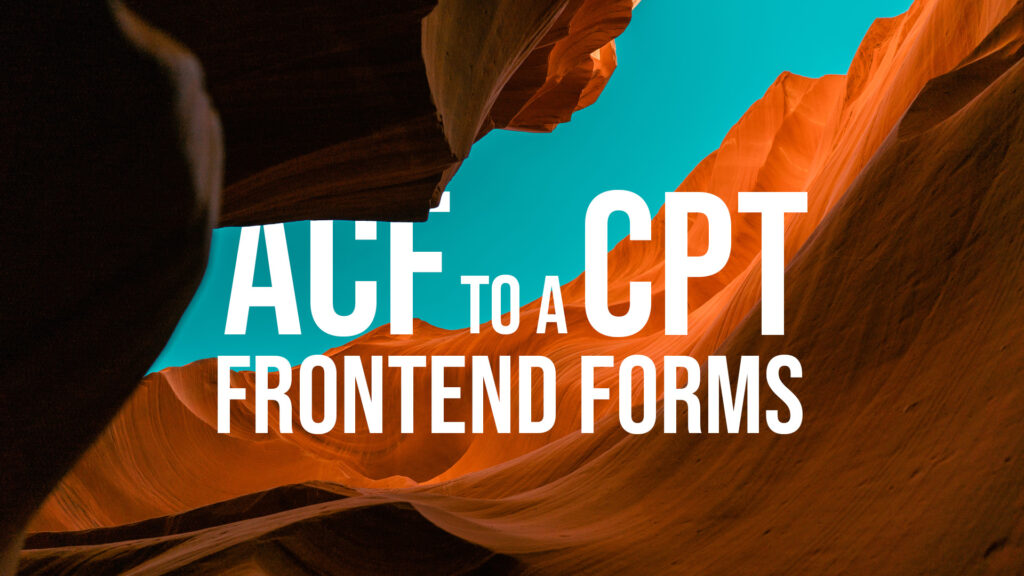I see the “debate” on providing “mockups” of a website very often.
This is a topic frequently brought up in some web design communities. Especially ones like Divi communities where there are a lot of semi-professional, amateur, or DIY-ers. (Due to the democratization of WordPress site building through drag-and-drop page builders, which is great, but also comes with a loose approach to the creative industry and its practices.)
For starters, I think the problem starts with calling it a “mockup.” It’s not a mockup, it’s a design proof.
So, here’s a discussion on proofs. (part 1)
Disclaimer: This post was inspired by a head-strong (delusional) guy, but it’s not about him at all.
So, let’s get to the topic.
Do you need a proof?
Short answer:
Yes.
Slightly longer answer:
Yes, you do.
Fully fleshed out answer with reasons:
The reason why the proofing stage exists is to protect both sides of the contract.
protect both both sides of the contract
From the client’s perspective, this means:
“I want something. I want it to look a certain way. I need to check and see if you understood what I meant, and also if what I get in the end is of satisfactory quality.”
From the designer’s perspective, this means:
“Client wants something. I will see if I can provide a visual representation of what they need. If they want changes, I can change the proof. If they like it, I can proceed and build it live.”
From the developer’s perspective, this means:
“I know what the website will look like. I can build with confidence and efficiency.”
From the business’ perspective, this means:
“Because the client has signed off on the proof, future changes to the website will be kept to the bare minimum, thus maximizing productivity.”
Frankly, not having a stage of proofing and approval of said proof is… not only highly un-professional, but also very risky in terms of work efficiency.
I used to have very loose general proofs that I used for approval, more like wireframing general layouts, but that became a liability because I didn’t have a leg to stand on when the client asked for changes.
On the other hand, when the client wanted a major overhaul right before migration because they changed their mind about some aspects in the aesthetics, the approved proof was insurance that we were not obligated to provide a FREE overhaul.
So, yeah, proofs are a very important step in the creative process.

Every creative field has this process.
Graphic design, print design, photography, UI design, software design, and of course, web design.
Builders use a blueprint.
Designers use proofs.
Would you not want to test drive a car before buying?
Would you not want to try on some clothes before buying?
Why would you think a client trusts you enough that they don’t need to see a sample of what they’re buying before they buy it?
(Oh, for the record, the proofing process is AFTER the 50% deposit is paid. Just in case you were thinking otherwise. We’re not auditioning here, it’s a business.)
Proofing provides a smoother experience for both parties and cannot be overlooked or underestimated.
I’ve had enough bad experiences when I was starting off that I can say it with assertion.
“OK, I get it. Proofs are good. So how do I make them?”
I discuss this in detail in my web design master course (in the works, please sign up to my mailing list to stay updated.), but to put it simply:
The irresponsible but true answer is “any software you are comfortable with.”
However, if you want some suggestions, I usually use Adobe InDesign, some people use Adobe Photoshop, I’ve seen proofs made in Illustrator, and sometimes in Sketch. (and even in Powerpoint. wha…?) So, seriously, what works well for you is fine. Even Pixelmator is pretty good software.
Let’s talk more in part 2. (this will link once I have finished part 2)
Update: I talk about this in more depth in my podcast, so join me!
[sc name=”learn css”]
[sc name=”responsive-ad”]
[sc name=”podcast”]
Photo by Dan Freeman on Unsplash
Photo by Christian Kaindl on Unsplash




